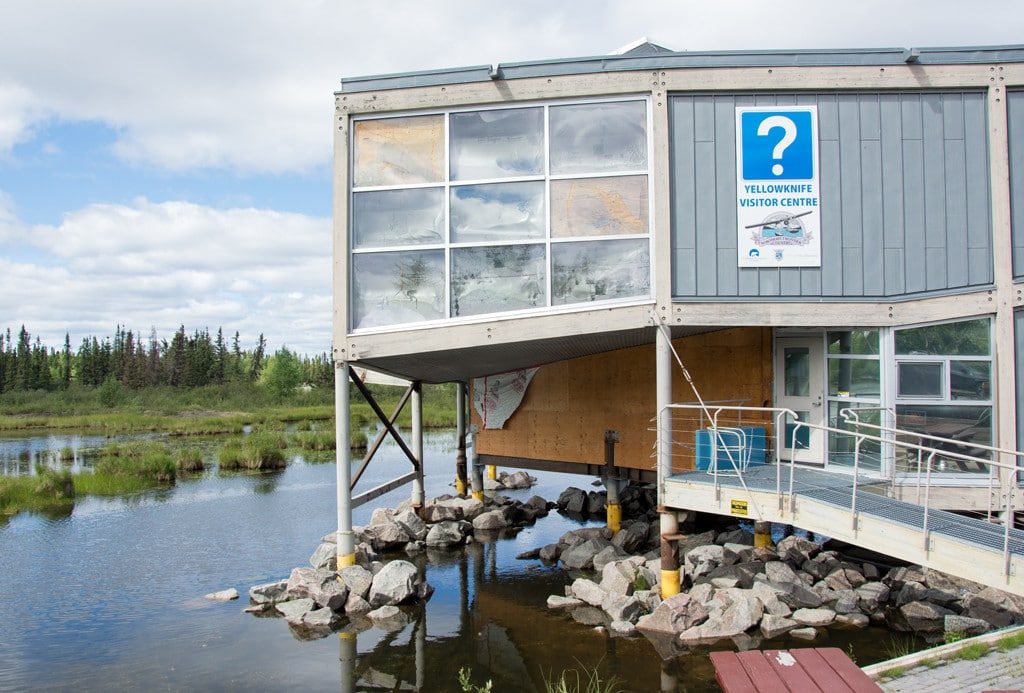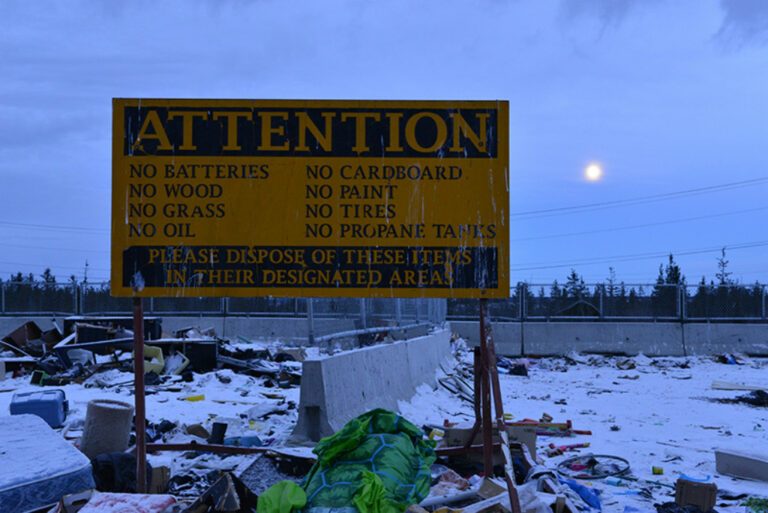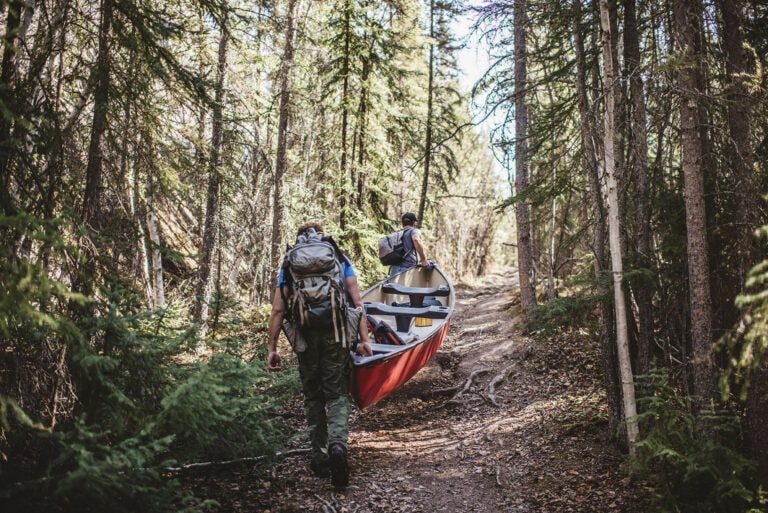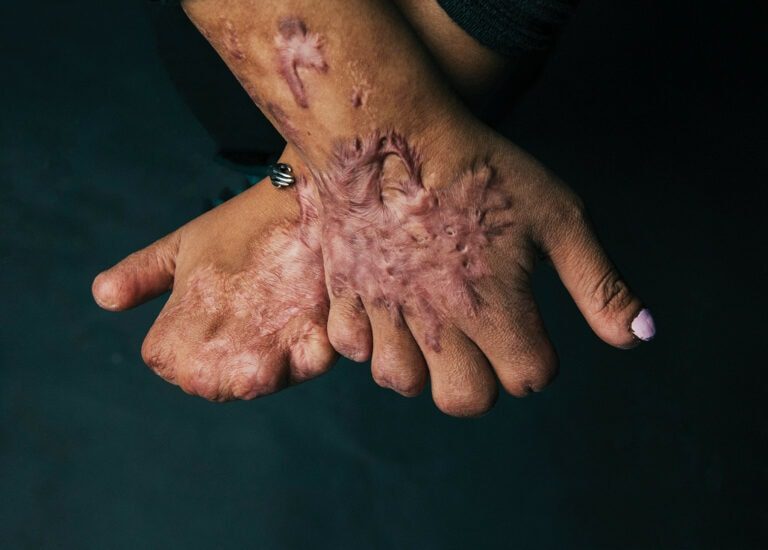In the winter of 2013-14, Patricia Stewart, a woman of about 60 from Fort McPherson, was found frozen to death underneath the Northern Frontier Visitors Centre.
The space underneath the building was, and still is, a popular sleeping spot for the street community. It’s well-covered and there’s a heat vent that keeps you relatively warm. Shortly before Stewart’s death, Visitors Centre staff had cleared out a small camp of blankets and cardboard from under the building, according to Colin Dempsey, the former Visitors Centre president.
“One day, one of the staff saw someone he thought was sleeping. He went to jostle them and they weren’t moving, so he called the police,” said Dempsey.
Everyone in the street community heard about the death. As one man, asking for anonymity – we’ll call him George – told me, Stewart had been living in Yellowknife for about 20 years and was a popular figure in the community: “Everywhere she went she had a smile. She always had a backpack on with food in it that she’d share. Everyone respected her for that. And everyone was devastated when she died.”
Outside of the street community, however, no one heard about Stewart’s death. There were no press releases from the RCMP, the Visitors Centre or the Coroner’s Office. The media, which relies on press releases or tips for stories of this nature, didn’t report the story.
The first time EDGE heard about the tragedy was while interviewing members of the street community following the freezing death of Raymond Simpson in April, and at that time there were no details – “I don’t want to talk about it though. It’s too hard, and we got our own life to take care of,” a woman told us then. More recently we started hearing rumours of an unreported death under the Visitors Centre.
Because Stewart’s death received no coverage, as with so many people who freeze to death in Yellowknife and across the territory, her story and the broader issue of homeless people dying or being injured by exposure faded into anonymity.
“I wish more people knew her story,” said George.

A recent photo showing evidence of habitation. The Centre says it is planning on fencing in the area in a few weeks
To report or not report?
You may legitimately ask why we’re writing about Stewart’s death now, a year and a half after the fact. Did EDGE just stumble across a juicy tip and feel entitled to report it?
There is some truth to this. But there are also at least two serious issues tied to Stewart’s story which are worth addressing: Should the RCMP or the Coroner’s Office send out press releases in situations like this? And what is the impact of clearing out camps of homeless people?
The RCMP is not necessarily at fault for not informing the media about the death. As Const. Elenore Sturko explained, deaths happen all the time and unless there’s a criminal component, the media won’t likely be informed. There are, of course, exceptions.
“If the cause of death is unknown, sometimes we put out a release to generate interest or tips,” said Sturko. “And even if there’s no reason to believe it’s suspicious, sometimes we still communicate if there’s a high degree of public concern.”
In this case, the RCMP didn’t deem there was a high level of public concern. In contrast with Simpson, whose body was discovered in the centre of town behind the Day Shelter, Stewart passed away in a relatively hidden location and was found by a worker at the Visitors Centre, which clearly did not want the bad press.
That said, there should have been a high level of public concern. Not in the sense of public panic. Rather in the sense that we as a community should be aware of and concerned by the fact that the most vulnerable members of our community are freezing to death in our streets or being seriously injured by exposure on a relatively regular basis.
Between 2001 and 2010, 28 people froze to death across the territory, according to a 2010 report from the NWT coroner’s service. Eight of them were in the North Slave area. There have been at least another eight people who have frozen to death in the territory since 2010, and most people I’ve spoken with in the street community know someone who died or was injured because of exposure.
If we don’t hear about tragedies like Stewart’s, tied as they are to larger social issues of homelessness and addiction, we’re less inclined to advocate for things like better mental health facilities, cheaper housing and more funding for emergency shelters.
Clearing camps
At the heart of Stewart’s story is also the question of clearing homeless camps. It’s impossible to know if Stewart would have survived the night if the camp under the Visitors Centre had not been cleared away, and our intention isn’t to throw around blame. As Dempsey put it: “It wasn’t really a situation of negligence. Though once an incident has occurred it’s worth paying attention from that point forward.” (The Visitors Centre will be fencing in the space under the building in the coming weeks, says Tracey Therrien, the centre’s executive director.)
What it does highlight is the fact that for many people in the street community, a makeshift shelter or pile of blankets can be the difference between life and death. Sure these camps are eyesores, and the City has a responsibility to keep public space clean. But when City workers or private businesses clear away camps, vulnerable people are left without a warm and relatively safe place to sleep.
“The town, as soon as they know about a camp, they come and clear it out,” George told me. “One time we had a tent city with plastic to keep out the wind. When we went back there, it was gone. We had nothing and had to find an apartment stairwell to sleep in.”
Right to know?
A year and a half later, many questions remain. Could Stewart’s death have been prevented? That’s extremely difficult to answer with our limited knowledge of the circumstances; but it seems fair to say that deaths like Stewart’s would become rarer if there was more access to inexpensive housing and better mental health and rehabilitation services available locally.
A second question: should someone have put out a press release about Stewart’s death? We think so. As media people we’re clearly advocates for the public’s right to know what’s going on in the community – that is, after all, the basis of our industry. In this situation, however, it’s less a question or the public’s right to know (do we really have a right to know about every death in the community?) and more a question of something the public should know.
“All these people living in houses don’t understand what it’s like for us,” said George. “You’re fucking right people got to know about it.”







